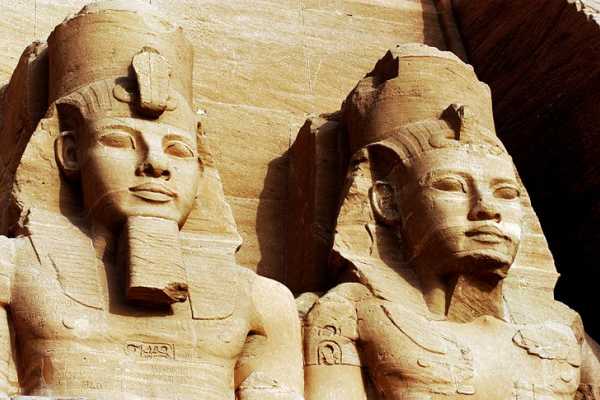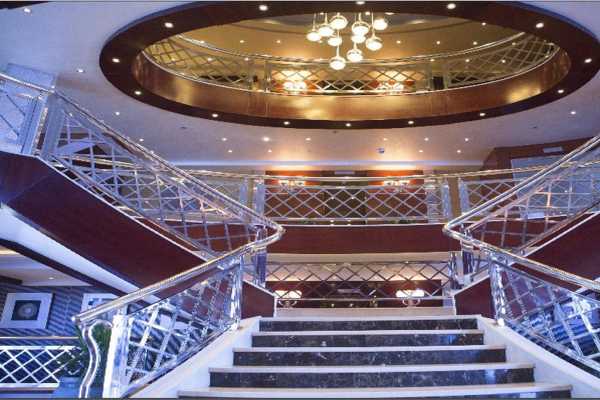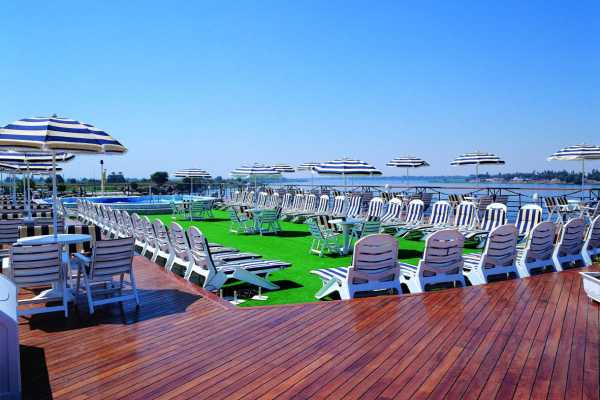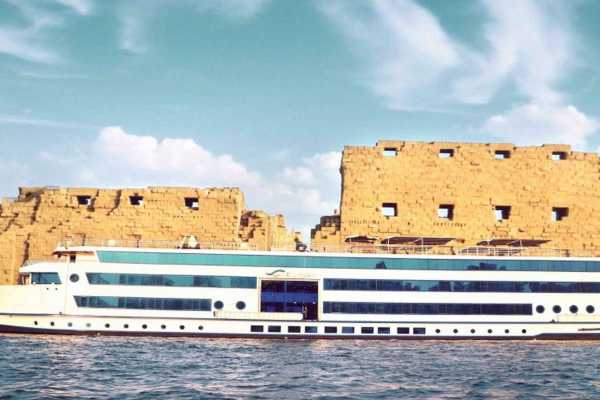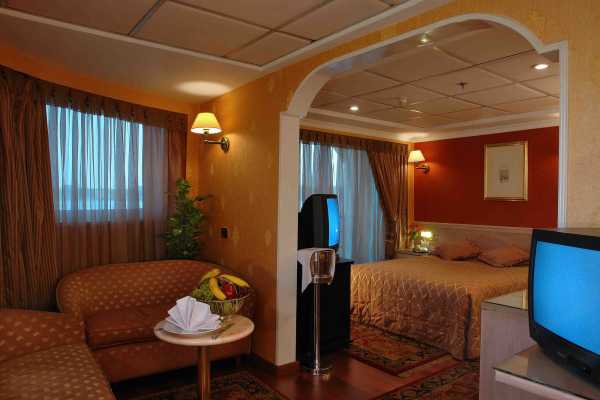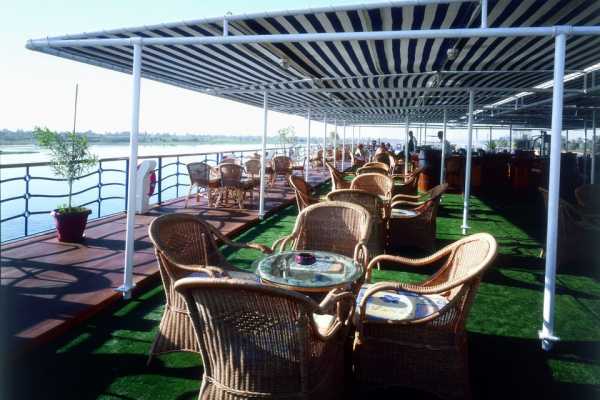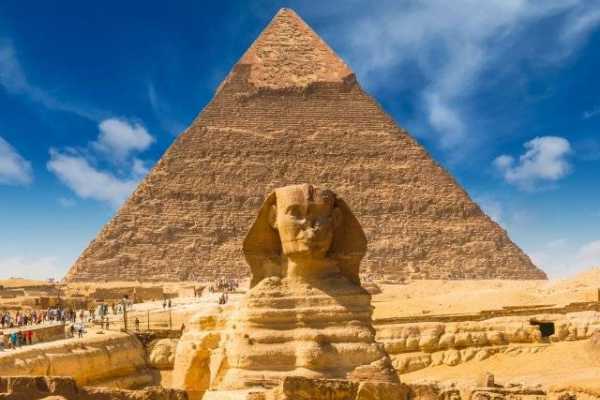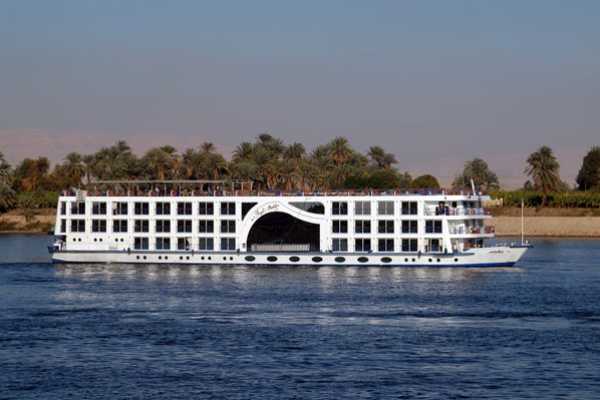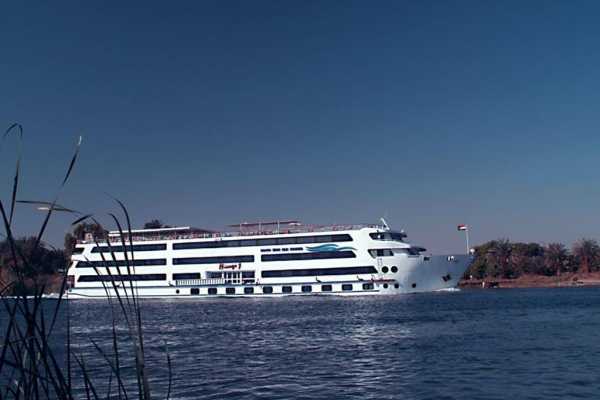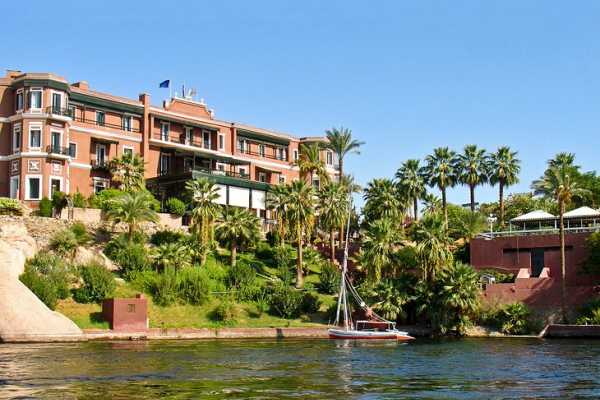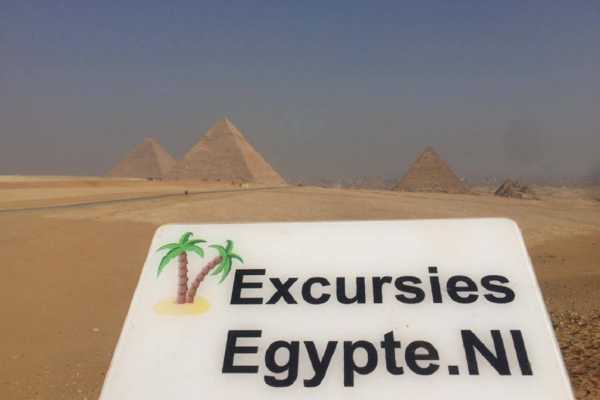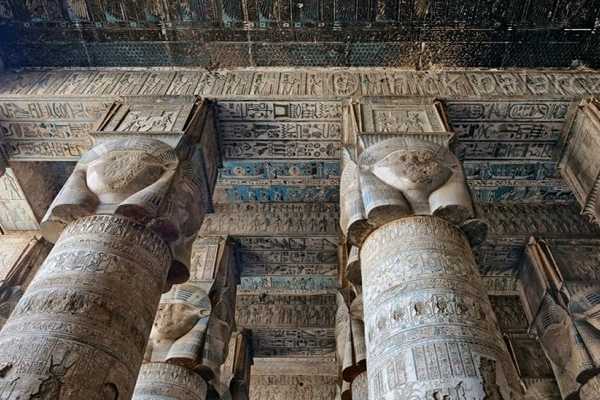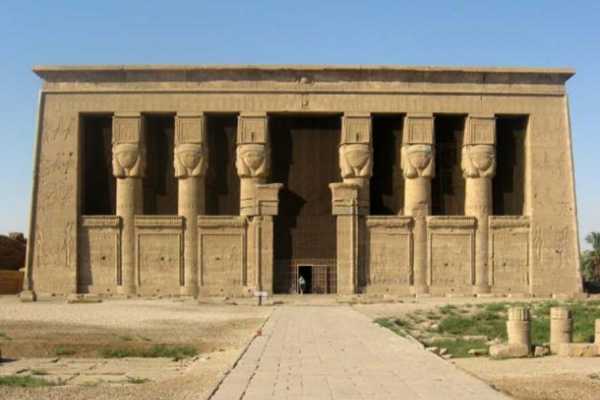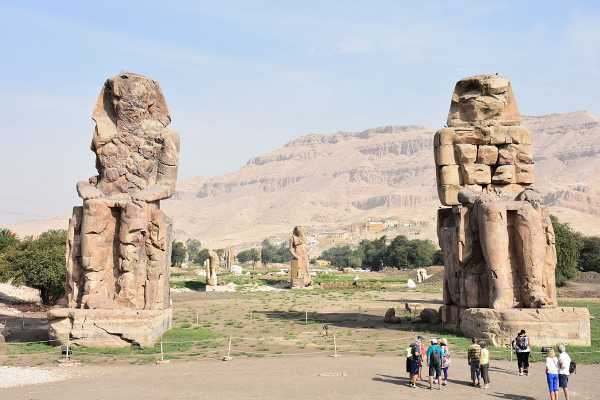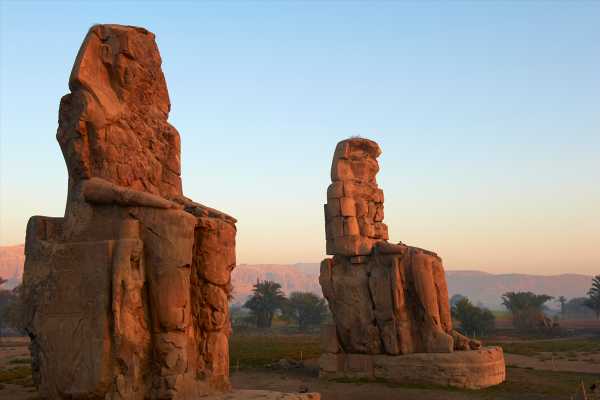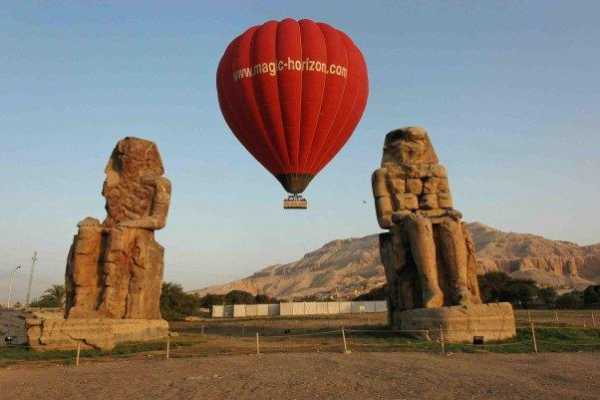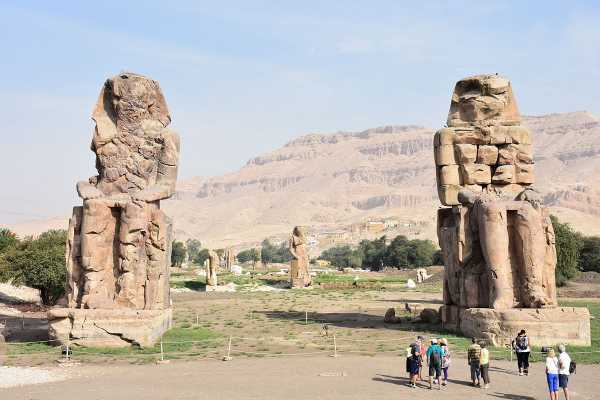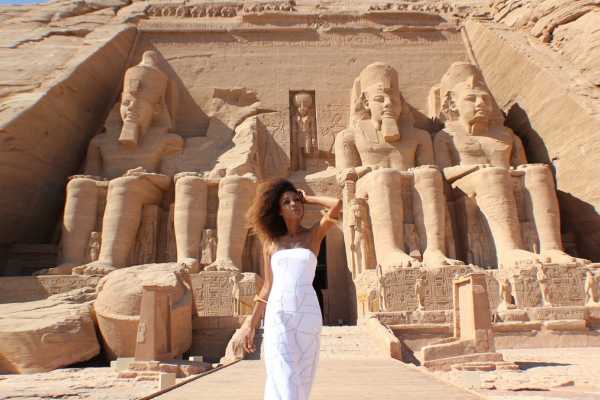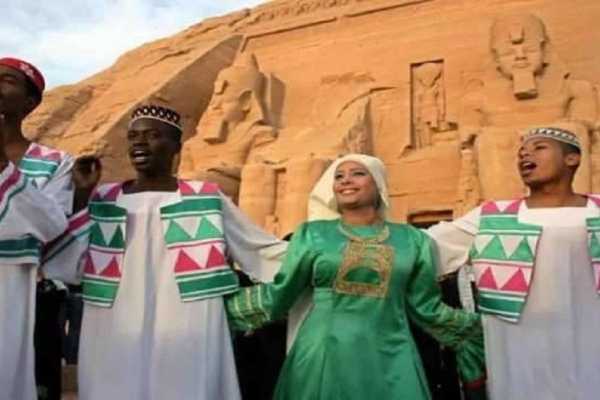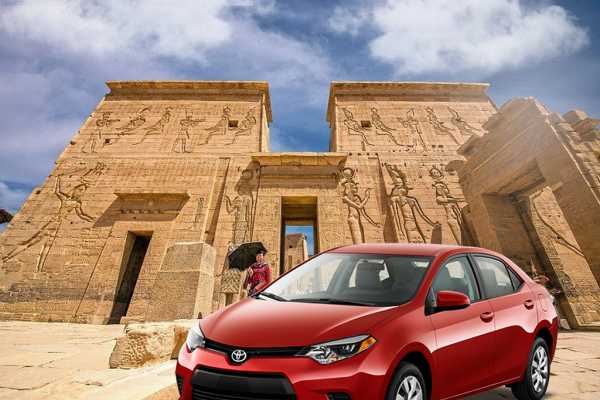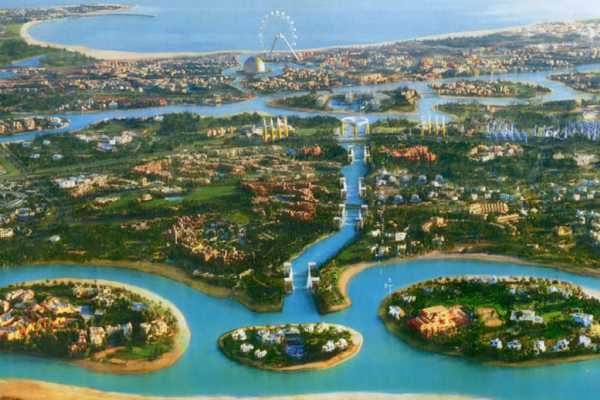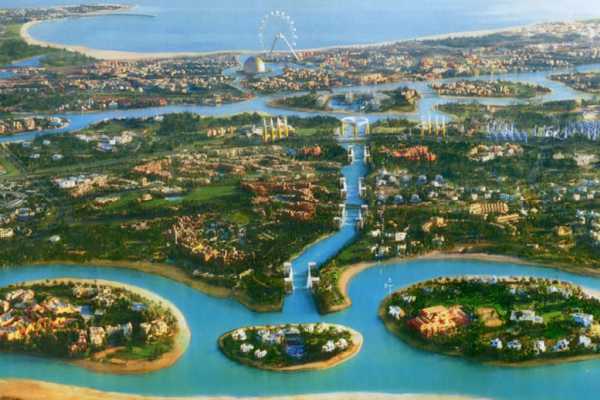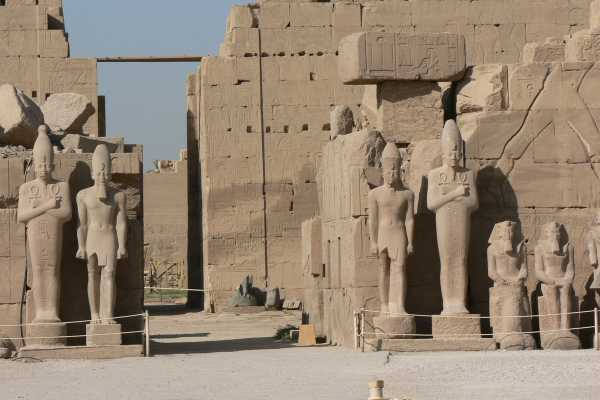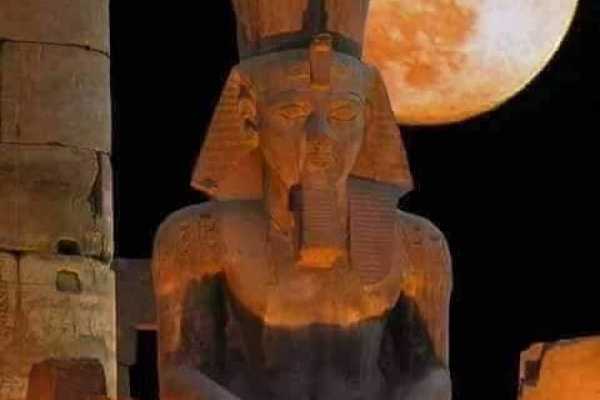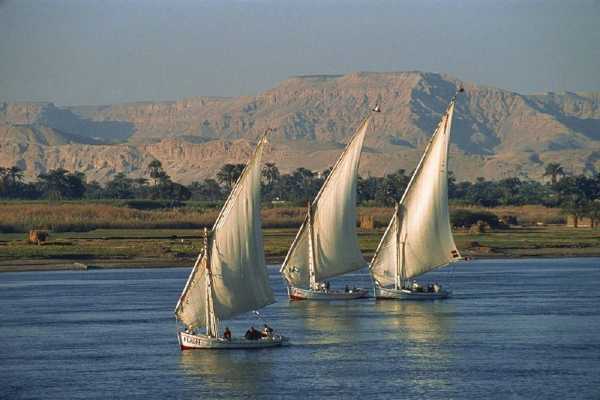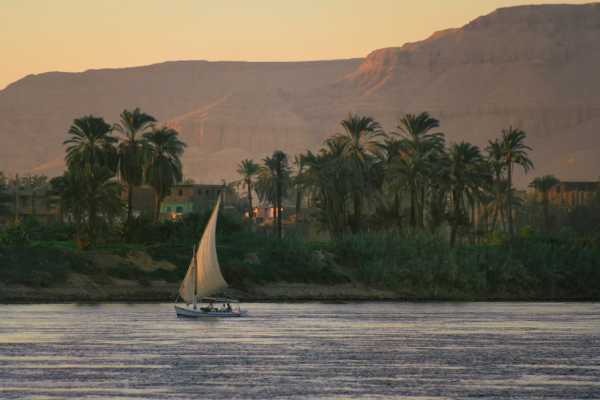Luxor Attractions
Discover Luxor Attractions and Best Places to Visit, Luxor is a city of many names. The ancient Egyptians called it Wast, meaning the City of the Sceptre. When the Greeks came, they called it Thebes. Today it is the modern city of Luxor, from the Arabic al-ʾuqṣur (الأقصر) meaning "the palaces". This enchanting city is located right along the great Nile.
1- Karnak temple
The largest religious building ever constructed.The temple of Karnak was known as Ipet-isu—or “most select of places”—by the ancient Egyptians. It is a city of temples built over 2,000 years and dedicated to the Theban triad of Amun, Mut, and Khonsu. This derelict place is still capable of overshadowing many wonders of the modern world and in its day must have been awe-inspiring.
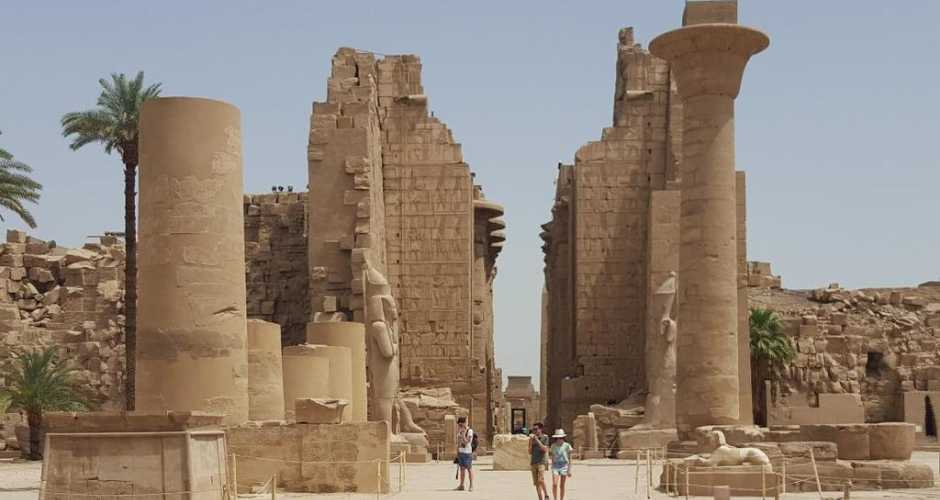
2-The temple of Luxor
The temple was built by Amenhotep III (1390-52 BC) but completed by Tutankhamun (1336-27 BC) and Horemheb (1323-1295 BC) and then added to by Rameses II (1279-13 BC). Toward the rear is a granite shrine dedicated to Alexander the Great (332-305 BC).

3- The valley of the Kings
The final resting place of Egypt’s rulers from the 18th to the 20th dynasty, it is home to tombs including the great Pharaoh Ramses II and boy Pharaoh Tutankhamen. The tombs were well stocked with all the material goods a ruler might need in the next world. Most of the decoration inside the tombs still well preserved.If you wish to visit the Tomb of The young Pharaoh Tutankhamun. It costs 300 Egyptians Pounds Extra
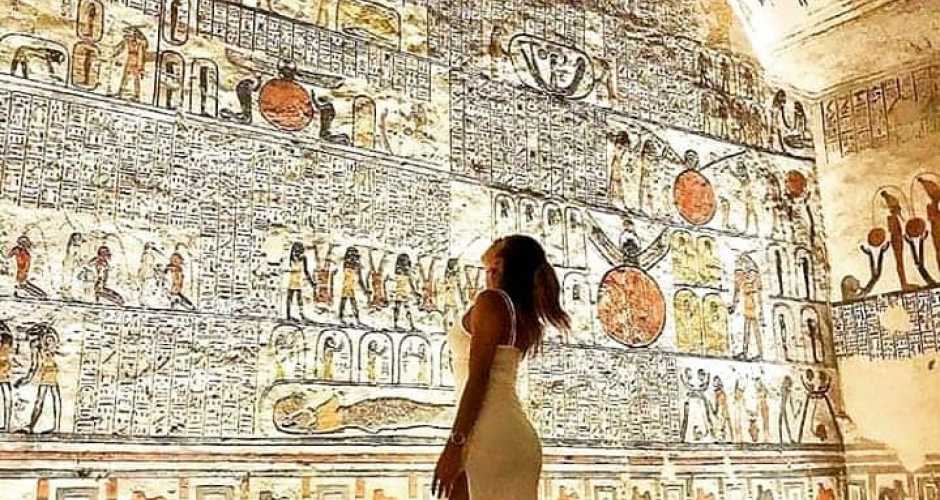
4-The temple of the Queen Hatshepsut
The Queen Hatshepsut temple is an Important Theban religious and funerary site on the west bank of the Nile, opposite Luxor, comprising temples and tombs dating from the early Middle Kingdom to the Ptolemaic period. The site consists of a deep bay in the Nebhepetra (Mentuhotep II)

5-The Valley of the Queens
The Valley of the Queens (Arabic: وادي الملكات Wādī al Malekāt) is a site in Egypt, where the wives of pharaohs were buried in ancient times. It was known then as Ta-Set-Neferu, meaning "the place of beauty". It was most famous for being the burial site of many wives of Pharaohs. Pharaohs themselves were buried in The Valley of the Kings
One of the most well-known examples is the resting place carved out of the rock for Queen Nefertari (1290–1224 BCE). The polychrome reliefs in her tomb are still intact. Other members of the royal family continued to be buried in the Valley of the Kings. Tomb KV5, the tomb of the sons of Ramesses II
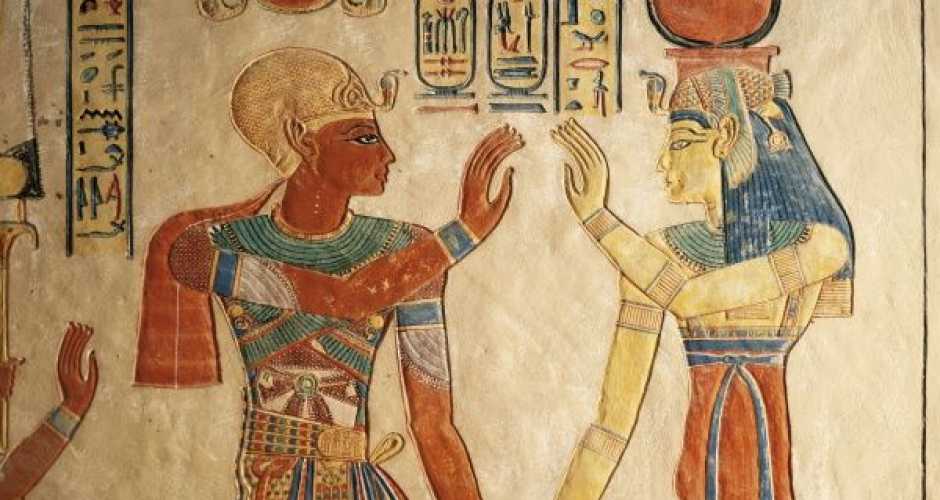
6-The Valley of Nobles
The Valley of the Nobles site includes nearly 500 tombs of Theban nobles and high officials. While the royal tombs were hidden away in an isolated valley, the Tombs of the Nobles were dug in the mountain overlooking the river Nile, as they wouldn’t have contained even a fraction of the royal treasure. With so many wondrous tombs in the area, it is advisable to visit certain key places of interest.

7-Deir El Madina
The main cemetery of the royal workmen at Deir el-Medina is situated to the west of the village, on the slope of the Theban hills. Most of the tombs were built during the 19th dynasty. Some of them are impressive in their decoration and size. By the time of the 20th dynasty, the tombs had been turned into family tombs in which the descendants of the original owners were buried.

8-Madinat Habu Temple
One of the most important temples in the west bank is the mortuary temple of Madinet Habu or The Temple of Rameses III III In ancient times Madinat Habu was known as Djanet and according to ancient belief was the place were Amun first appeared. Both Hatshepsut and Tuthmosis III built a temple dedicated to Amun here and Later Rameses III constructed his larger memorial temple on the site.

9-Colossi of Memnon
Colossi of Memnon are two massive stone statues of king Amenhotep III are the only remains of a complete mortuary temple.The statues are made from blocks of quartzite sandstone which exist in Cairo then moved 700 KM to Luxor, The two statues Know as the Colossi of Memnon, Rising about 18 M from the plain, They are the remains of what once the largest complex on the west bank, Built by Amenhotep the Third. At around noon you will have lunch in a local restaurant in Luxor, Then Visit The Temple of Karnak -the largest ancient religious site known anywhere in the world :

10-Ramesseum Temple
Ramesseum Temple is located on the West Bank of Luxor. It originally served as the mortuary temple of Ramses II, whose 67-year rule saw the creation of many fabulous public buildings and architectural wonders.
The ancient Egyptians called the temple the “million years temple” due to its huge surface area. The structure covers an incredible fifty thousand square meters. It is also home to gigantic statues of Ramses II that were built on the site. The huge complex which was dedicated to the god Amun took 20 years and tens of thousands of workers to build.


